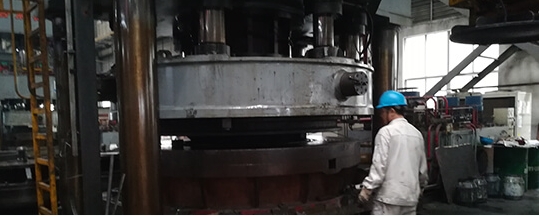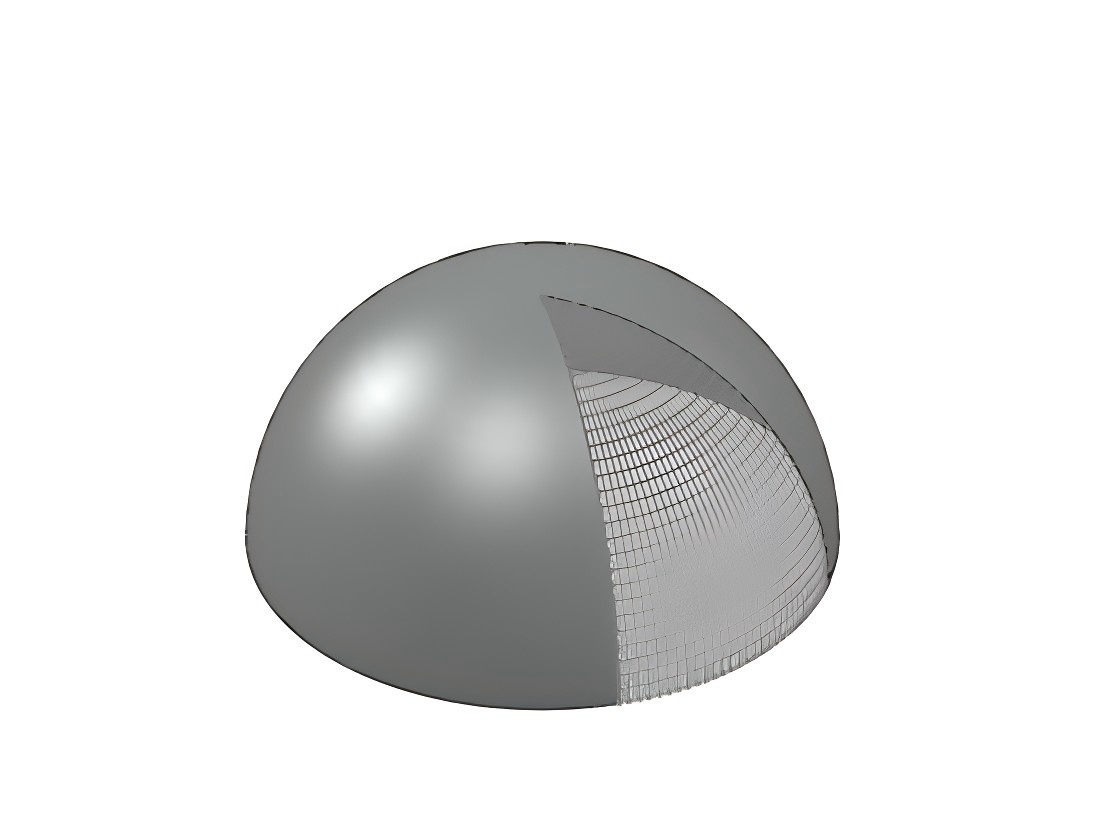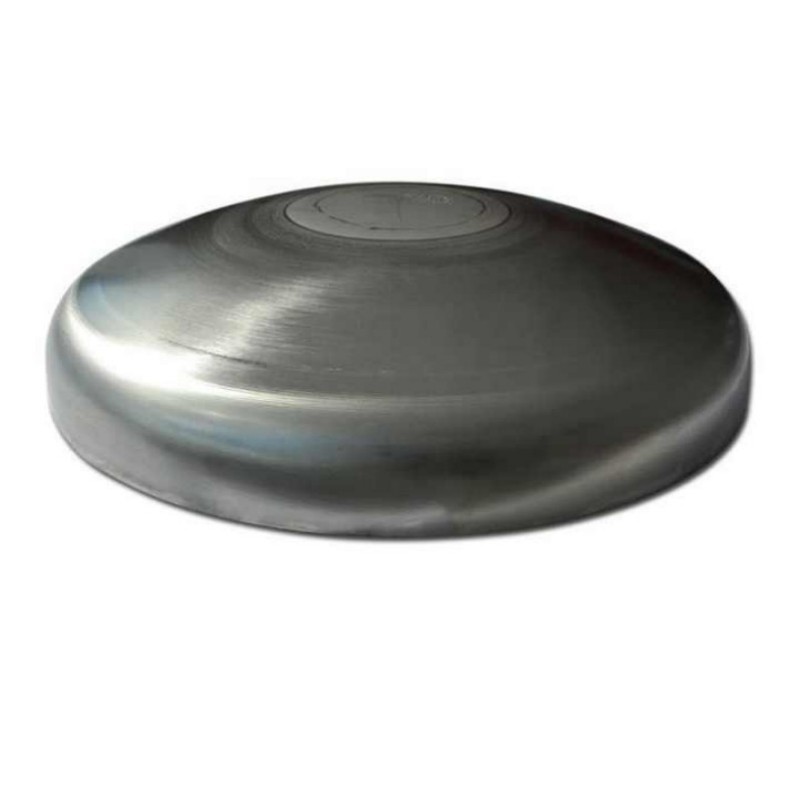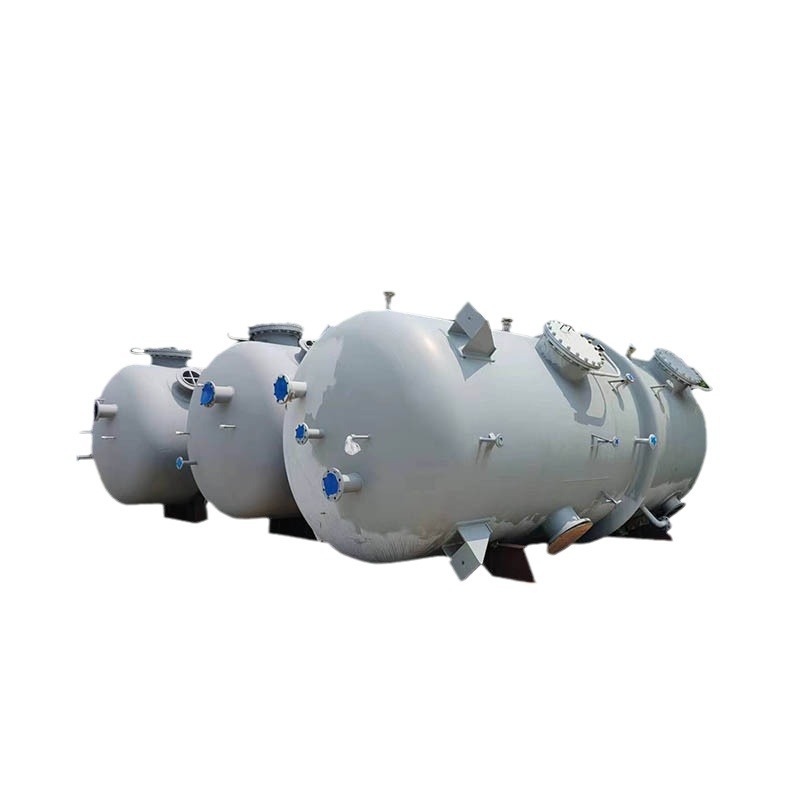Selection of Forming Method for Dual-Phase Steel Clad Plate Head
Upload Time:
Dec 11, 2024
It is preferable to choose hot pressing for integrally forming the composite plate head.
When cold-forming a composite plate head, the cladding surface often shows scratch marks after pressing, and local thinning occurs, particularly around the R transition area. Repeated rolling of the cladding can also lead to wrinkles. Additionally, if the composite plate has defects from explosive bonding, the cladding may peel off. The coated dual-phase steel material, which has high strength and hardness, low thermal expansion, and a yield strength twice that of regular stainless steel, presents challenges during cold forming due to its difficulty in controlling dimensions. Despite having sufficient plastic toughness for forming, achieving precise sizes during cold forming is generally difficult.
When hot forming is used for the dual-phase steel clad plate head, it is crucial to strictly control the heating temperature and holding time. After forming, the material must be cooled rapidly to minimize the precipitation of the σ phase between 500–925°C and high-temperature embrittlement between 400–500°C. The precipitation of the α' phase at around 475°C can also lead to brittleness. The formation of these phases negatively impacts the steel’s toughness and local corrosion resistance, compromising the material’s overall performance. Since the head’s coated duplex stainless steel is specifically designed for corrosion resistance, it is difficult to ensure that the material’s mechanical properties, coating corrosion resistance, and geometric dimensions will meet the required standards during the manufacturing process. This can create significant challenges in head manufacturing.
Based on previous experience with composite plate materials such as SA-516Gr70+SA-240304L, as well as recommendations from head manufacturers, it is preferable to choose hot pressing for integrally forming the composite plate head. In this process, the composite plate head is formed using a hot press, and both the test plate and head plate are placed in the furnace simultaneously. After forming, the material is sprayed and cooled immediately to prevent the precipitation of brittle phases. Physical and chemical tests are conducted on the furnace test panel to verify whether the mechanical properties and corrosion resistance of the composite material are compromised during the hot pressing process.

Relevant News







